In search of the cave on Japan’s northern island that legends say is the gateway to hell
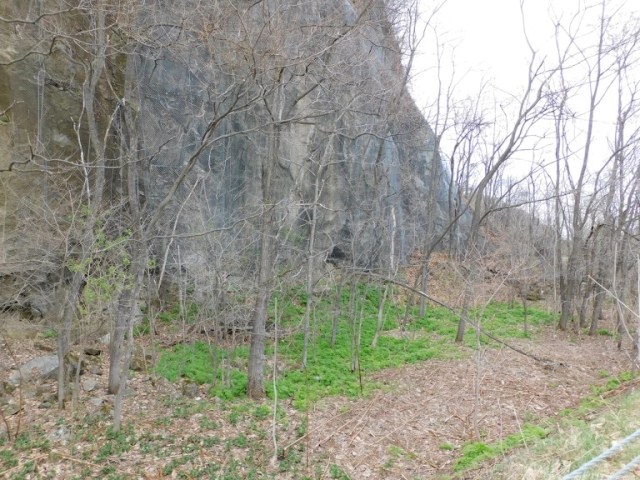
Seiji goes searching for a part of Ainu folklore in Hokkaido.
Pippu is a rural town in central Hokkaido, Japan’s northernmost prefecture. With only about 4,000 residents, most travelers pass right by Pippu on their way to the neighboring city of Asahikawa, which has more tourist attractions.
But on his recent traves trough the north, our Japanese-language reporter Seiji Nakazawa heard about a rather intriguing place in Pippu: a cave that’s said to be the entrance to hell.
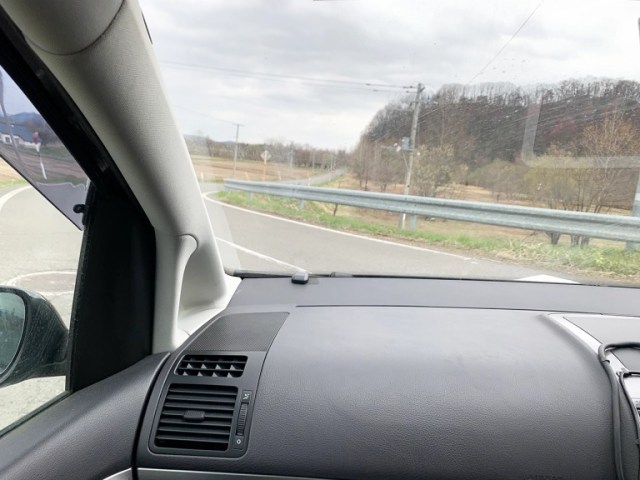
Seiji heard about the place from his friend Kinoshita-san, who lives in Pippu…and Kinoshita-san heard about it from someone else in town. Kinoshita-san had never actually seen the cave himself, though, nor had the person who told him about it. Seiji started to wonder if the cave’s very existence was an urban legend, but since he’s never one to shy away from the supernatural in pursuit of his professional duties, they hopped into Kinoshita-san’s car and went looking for it.
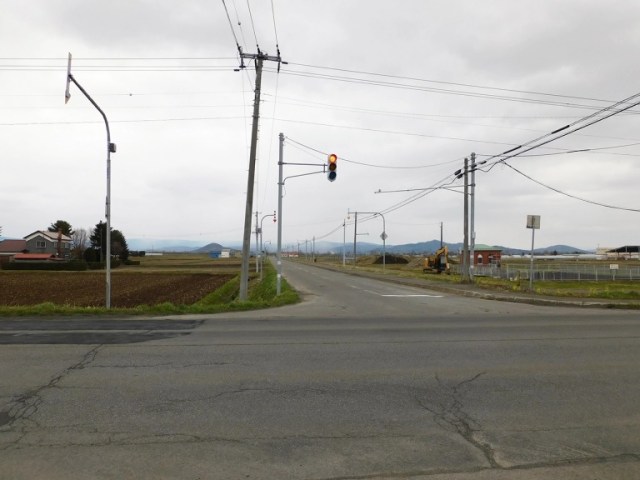
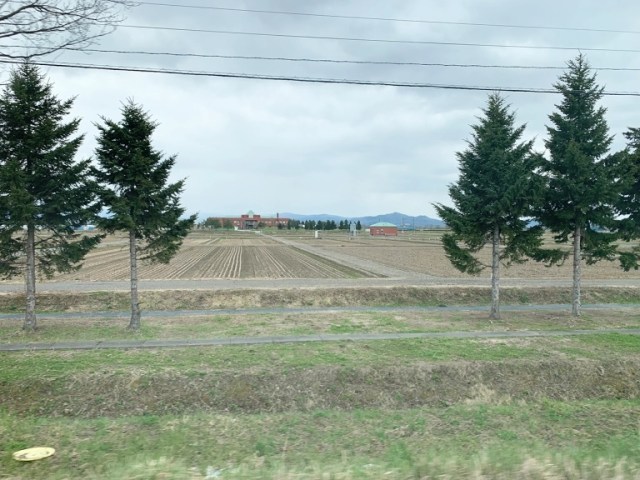
Dark clouds began to gather as they drove. The only hints they had to go on were that the cave is supposedly located somewhere in the Minami Ichi-sen section of Pippu, and that it’s at the base of Mt. Otokoyama.
Sitting in the passenger seat, Seiji quietly steeled his resolve, mentally preparing himself for a march through dense, dark forests to find the cave. So imagine his surprise when it turned out there’s a roadside sign for the place.
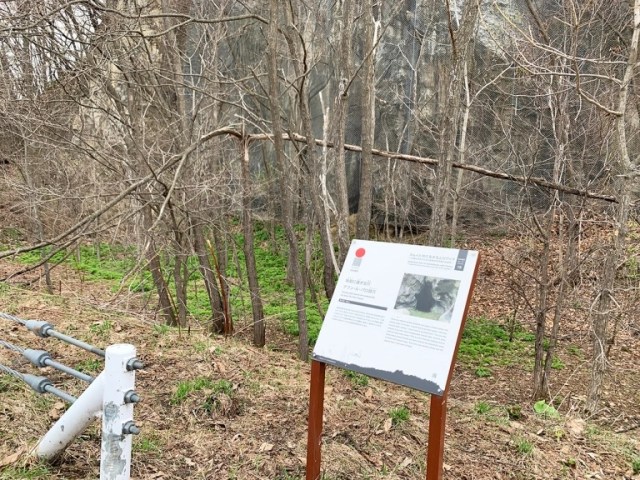
What’s more, the mouth of the cave is visible from the street, as long as you know where to look, as indicated by the arrow we’ve added to the photo below.
▼ Stand by the river here, face north, then look to your left…
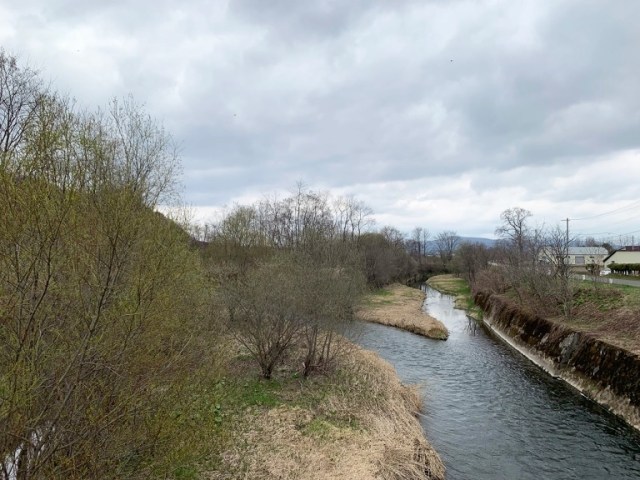
▼ …and there it is, the entrance to hell!
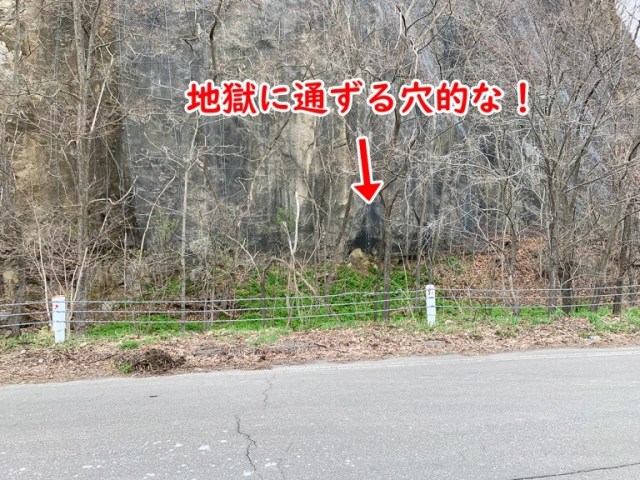
▼ The cave’s location on Google Maps
Officially, the cave network that starts here is called the Ahun Ru Paro Caves. If you’re thinking that sounds different than most other place names in Japan, it’s because the name of the caves, and the legend surrounding them, come from Hokkaido’s indigenous Ainu culture.
The Ainu language has no written form, and so folklore was passed down through oral tradition. According to the Ahun Ru Paro tale, long ago a pair of elderly villagers got lost within the caves, and only barely made it out alive. Eerily, one of them later remarked “I’d like to go back into the caves again,” while the other, much more sensibly, disagreed, saying “I never want to go back in there.” Shortly thereafter, the one who’d expressed a lingering fondness for the caves died, while the other lived for many more years.
▼ The entrance to the cave
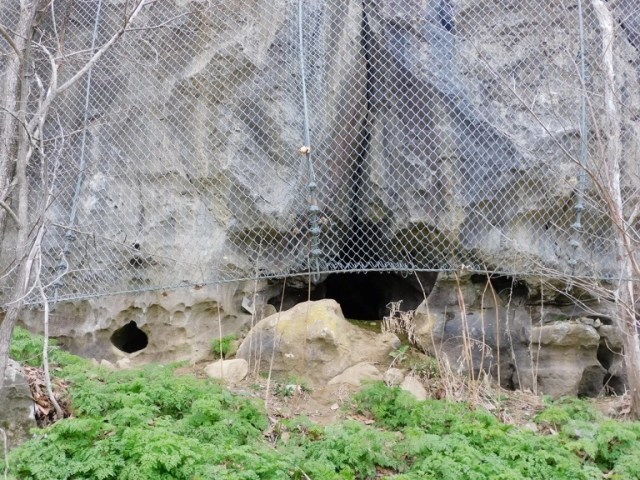
Today, the entrance to the cave is partially fenced off. It looks like maybe you could crawl under the barrier, but it’s a pretty clear “Do not enter” warning, and Seiji decided to abide by it.
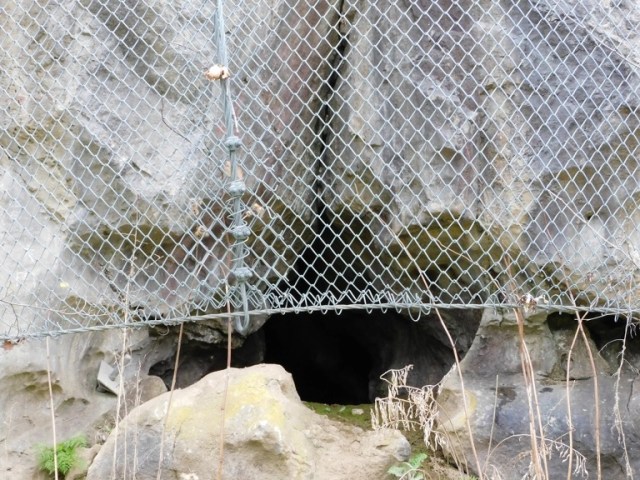
He has to admit that, if you don’t know the legend behind it, it’s not the most dynamic or intimidating place. Out of curiosity, he decided to go around to the backside of the mountain, to see if this supposed portal to the underworld was actually just a tunnel that pops out in a different spot.
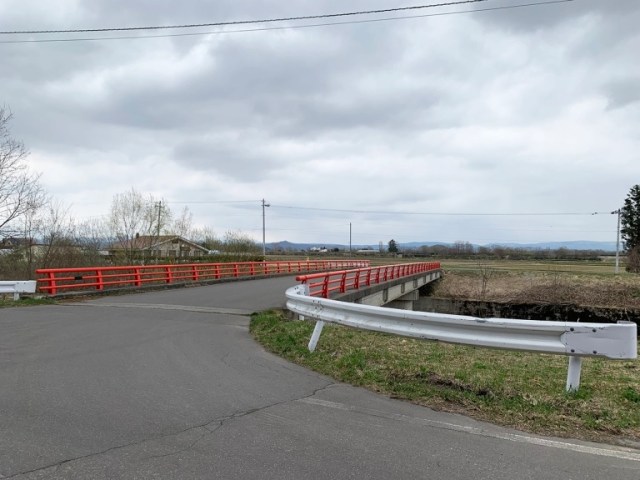
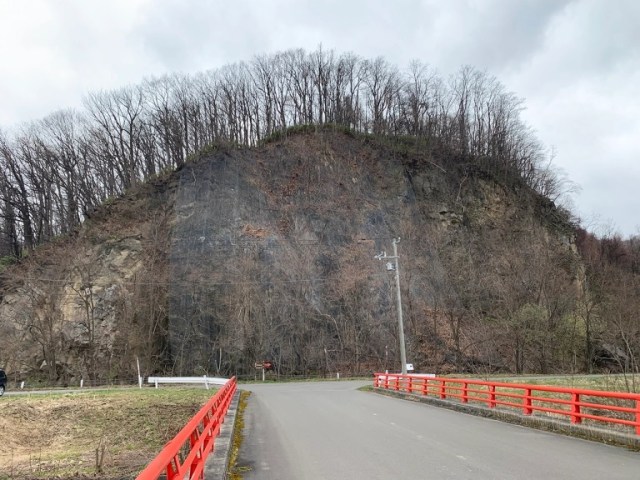
But when you head around to the other side of the mountain, it’s a solid rock wall, so if the cave does lead somewhere, it must lead down.
Photos ©SoraNews24
● Want to hear about SoraNews24’s latest articles as soon as they’re published? Follow us on Facebook and Twitter!
Credit:

0 comments: